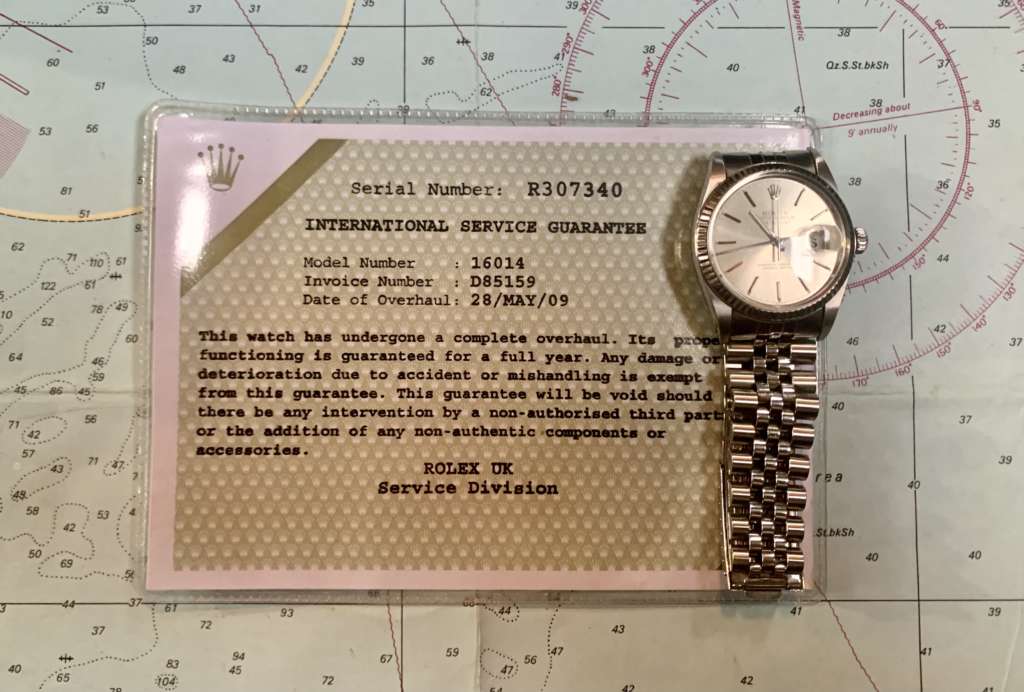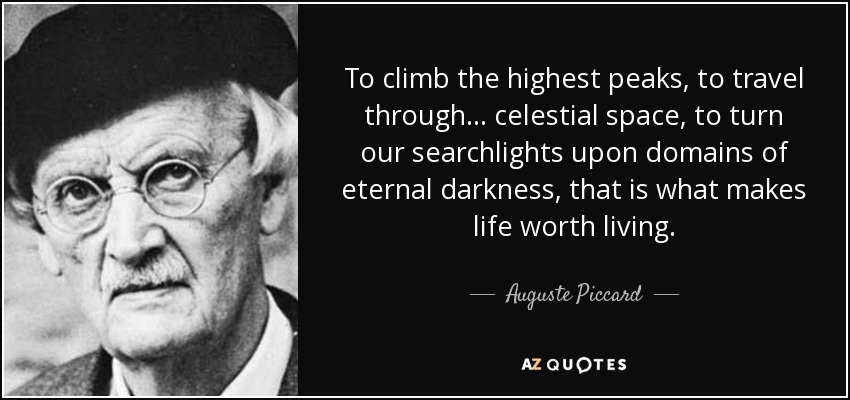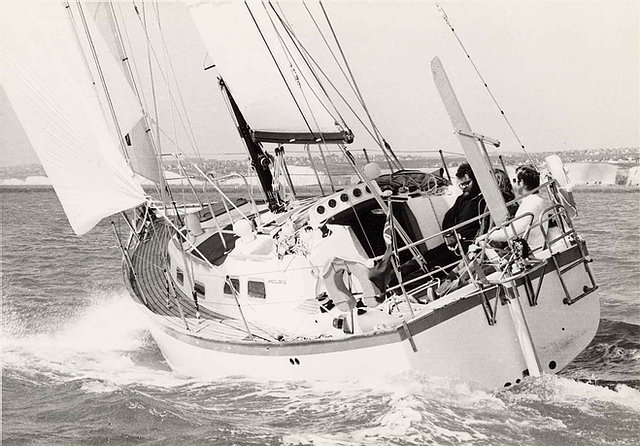
About 10 years ago I had a serious accident at work. I was on contract with a French company to do some work at power station in North Wales near Flint.
I had only been on the job a few days when I had a fall from height about 8 metres from scaffold. I fell over a hand rail and thought during my descent I wouldn’t survive.
Having been a paratrooper in my early life I remembered instinctively my training” wait for the ground to come to you” I was totally relaxed and awaited my fate.
Fortunately below were 3 engineered and I fell on one who broke my fall. I didn’t scream or anything just allowed gravity to take over. I collided with one engineer named Mike afterwards I hit the steel deck. I laid there badly winded and thought “I’m still alive”.
Miracle, however after my initial visit to Chester hospital who told me I had no injuries the following day I went back into work in great pain.
However by the end of the week I needed to visit another hospital who X-rayed my neck and told me it was fractured at C5.

At the hospital in Walton Liverpool I had have titanium head brace fitted. It was a long convalescent. 12 weeks head brace 6 weeks neck collar support.
During my convalescent I decided to do the RYA “Royal Yacht Association” Ocean Yacht master correspondence course with the National Marine Correspondence School.
The course mainly was devoted to Celestial Navigation. The mathematics used is spherical trigonometry.
Cosine, sine and tangents. But to alleviate complex spherical trigonometry you instead learn to use nautical tables and sight reduction tables to work out your longitude and latitude. Rather involved with sexton sights and time. Sexton gives you the altitude of a heavenly body such as the Sun, Venus, Jupiter and Moon above the horizon.The Sun being the main navigational celestial body and navigational stars which are the brightest in the night sky.
Star sights have to be taken at twilight morning or evening when you still have visible horizon. Sexton sights have to be altered for various errors and alteration from the nautical almanac and time has to be taken accurately when you take your sexton sight to work out longitude by time.
I like most modern day navigators I use GPS or Global Positioning System. Plus you also have modern electronic navigational charts, which give pin point accuracy.
But for some reason I want to go back to navigating using Dead Reckoning. That’s using a detailed daily log to keep note of your magnetic course, speed, wind direction and tide or ocean current.
Every few days you do either sun sights or morning or evening twilight star sights to get an accurate fix to confirm your actual position and see what discrepancies you have in your dead reckoning position. Basically to check if your DR position is roughly correct. But the position fix is really important. In the middle of an ocean you’d probably take celestial fix every other day. Navigators need to know exactly where they are specially making landfalls.
Sun sights you take one mid morning one at noon when the Sun at its highest It will be either dead south of you depending upon which hemisphere your on and time of year or dead north in Southern Hemisphere. Then an mid afternoon Sun sight. So you get a 3 point running fix.
Twilight you take 3 separate star sights at about 120 degrees apart. To get your 3 point fix. I would say for accuracy you star fixes are the most accurate. But there’s something magical finding your position by the stars. A reminder latitude is found using a sexton and longitude is found by using a watch.
I wanted to try move slowly away from slavishly relying on digital technology. This year I plan to do a circumnavigation starting this spring/summer. Work my way slowly down the Atlantic.
I’m presently brushing up on my celestial navigation and want to do things the old fashioned methodical way. Part really as enjoyment and something else to do when I’m solo sailing and to become a better ocean navigator. But more importantly to be connected with the heavens. I find ocean sailing alone rather spiritual especially at night.
I thought I l’d use my Rolex watch which I’ve owned for the last 30 years. I was reading about Sir Francis Chichester the great navigator who owned a Rolex explorer watch.
My Rolex oyster perpetual datejust is beautiful mechanically engineered Swiss time piece which I haven’t worn in years. I had it serviced about 10 years ago which cost me £400 and it’s been sitting in a box stored away ever since. I thought at the time no pun that it was rather expensive service charge. But this video will show why it’s such beautiful watch it’s the ultimate time piece.
I thought I’ll get it out and synchronised the Rolex with my digital Fitbit watch and check it’s accuracy. It’s important that you have precise time when shooting a celestial body in the sky. I’ve been testing my Rolex watch comparing to my iPhone time it’s keeping superb accurate time. Perpetual motion means you never need to wind the watch. It automatically winds itself when you wear on your wrist. By your arm movement.
My Rolex oyster perpetual date just is water proof as I use to wear it when I was an active scuba diver.
When you take a sight and time it you have allowed for watch errors either the watch might be running fast or slow. But you do need accurate time references.
What I like about my Rolex oyster perpetual justdate it’s subtle watch and not ostentatious or flashy at all. When Francis Chichester did his around the world trip to emulating the clipper ships he was given a Rolex submariner. But he didn’t like it it was too clunky. So he went back to his own Rolex Explorer watch.
That said Chichester was a superb navigator going back to his aviation days in his gipsy moth biplane. When he undertook a circumnavigation in 1930’s he crashed his plane in Japan and was nearly killed, after running into overhead cables.
The history of Rolex is interesting everybody thinks it’s a Swiss company but it was foundered in London by Hans Wilsdorf. The name Rolex just came into his mind short iconic name.
A PIONEERING TIMEPIECE
Nearly a century ago, Hans Wilsdorf created the most precise and reliable wristwatch in the world. Thanks to uncompromising requirements, today the brand still produces watches at the forefront of technology and continues to improve them over time.
The original Oyster Perpetual collection was built on the success of the original Oyster model, patented by Rolex and launched in 1926. As the world’s first waterproof wristwatch, it played a pioneering role in the development of the modern timepiece. Over the years, the Oyster became the proud bearer of many other innovations – such as self-winding by means of the Perpetual rotor (1931) – that defined the identity of the models in the collection and forged Rolex’s reputation for excellence, of which chronometric precision and reliability are among the cornerstones.
An earlier blog of mine was about the deepest dive in the world in the Trieste bathyscarpe. The US navy took over the diving operation of the Trieste under the watchful eye of the inventor Auguste Piccard the inventor of the barthyscarpe and his son who was the Trieste pilot Jacque Piccard. Don Walsh of US navy was the Lt. Captain Walsh was the captain on the deepest dived they did down the marianna trench .
Without the Capt Don Walsh knowing, Jacque Piccard being Swiss, place a special Rolex watch onto the entry ladder outside the spherical two man habitate. They dived down to 35,000feet. And anything Rolex watch was working wonderfully when they came back to the surface. Don Walch never knew anything about the Rolex watch until much later.
Below is full story and video of Trieste deepest dive from Rolex.
https://www.rolex.org/perpetual/trieste-the-deepest-dive

In a small way if I could try and emulate the Navigational skills and sheer courage of Sir Francis Chichester in my sailing quest I’ll be extremely happy with myself and boat Stella Polaris.
